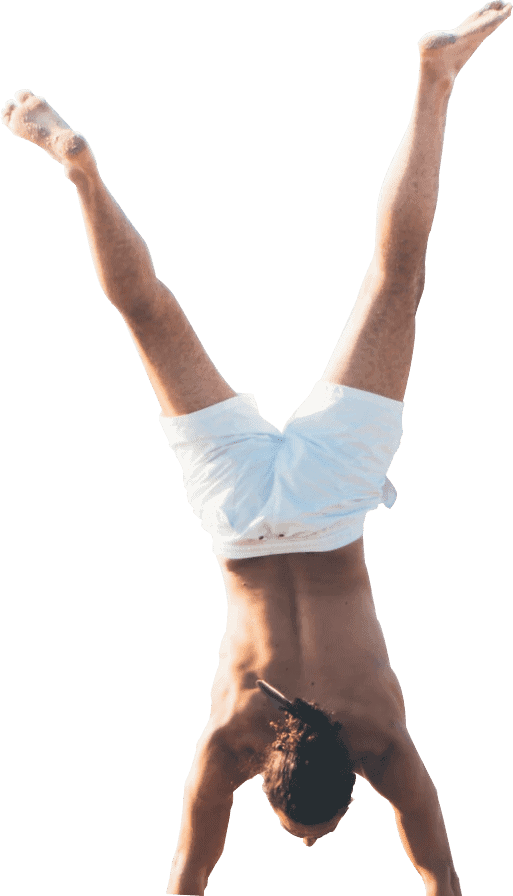By Needra Broom
You have a personal trainer standing right over you and as you’re performing the very last repetition, you hear those famous last words, “no pain, no gain” – so you end up pushing yourself harder and surprisingly, you feel good… until the next day.
DOMS, otherwise known as delayed onset muscle soreness, is when increased frequency, intensity or new activity is added to a routine. It can make you experience soreness 6-8 hours to 48 hours post exercise.
While the formation of DOMS is quite unclear, a recent study by Schoenfeld and Conterrera explains DOMS as a product of inflammation from microtrauma to muscles from an eccentric type of loading activity. Some examples of eccentric muscle activation (muscles that contract while lengthening) include running downhill, downstairs, intervals (slowing down mainly), lowering weights and downward motion of squats.
DOMS can be alarming for people new to exercise, but it is assuring to know that this is a normal response to unusual exertion and a part of the adaptation process to build up new strength and stamina.
A question I’m asked all the time is do I have to feel DOMS to know that I’ve done an effective workout?
We often like to wear our DOMS as a badge of honour to prove to ourselves we have done a hard workout. Perhaps you try to exercise 48 hours after a workout where you didn’t feel DOMS – but for some reason, you can’t complete those same exercises. This is actually called muscle failure, a sign that you have previously done too much exercise – even though you didn’t feel DOMS post exercise.
DOMS varies according to many factors. Studies have shown that using feedback from a soreness scale (0-10) on people at the time of exercise shows little correlation to muscle growth and DOMS.
DOMS is also extremely variable. Two persons of the same age, weight and fitness level can complete the same exercises and have completely different DOMS reactions – which makes DOMS an ineffective indicator of fitness, weight loss, toning or overall progress.
Some ways to help you reduce difficulty in getting off the toilet or standing up from the chair the next day are;
- Physiotherapy
- Yoga / Pilates
- Foam rollers
- Massage
- Extra protein intake (check with your doctor/dietician first)
- Use of cold and hot (heat packs, ice packs, showers)
Useful articles:
1. Is Postexercise Muscle Soreness a Valid Indicator of Muscular Adaptations?
2. No pain, no gain? 5 myths about post-workout muscle soreness
3. DOMS: The Good, The Bad and What It Really Means To Your Training
Editor’s Note: Needra works at our CBD clinic and likes to treat anything musculoskeletal – ranging from acute sporting injuries to rehabilitation. She has completed further studies in spinal injuries, dry needling and Clinical Pilates. So if you need someone to chat to about a bad case of DOMS, be sure to contact the CBD reception team on 9322 1146 or perth@lifereadyphysio.com.au
